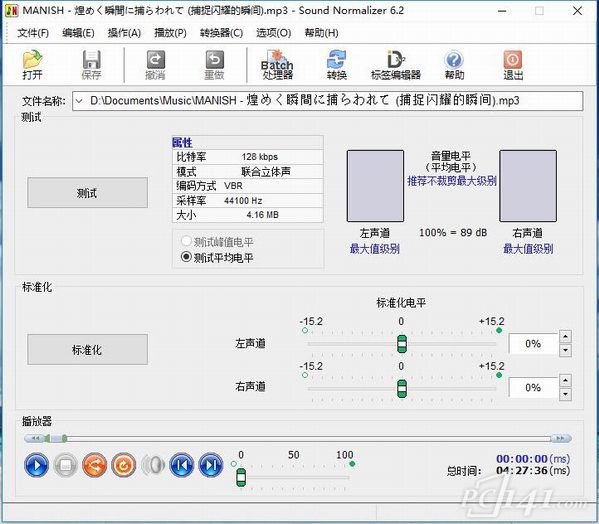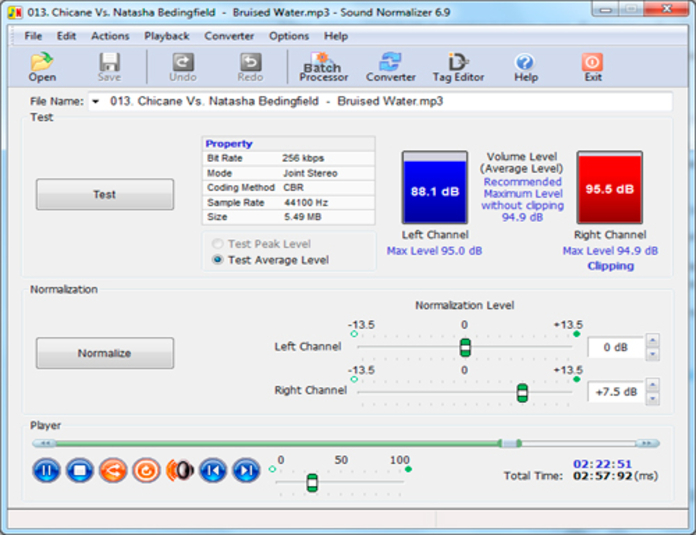

cerevisiae TSSs > library ( 3.sgdGene ) > library ( GenomicFeatures ) > library ( magrittr ) > genes sacCer3_TSSs % resize (fix = 'center', 300 ) %>% '[' (. Red-filled dots represent PSD values in experimental sequences statistically higher than those from shuffled sequences (FDR # - Get the sequences of S.

Grey ribbon represents the 95% confidence interval of the PSD values obtained after sequence shuffling. Left, frequency histogram of distribution of pairwise WW distances middle, normalised frequency histogram of distribution of pairwise WW distances right, power spectral densities (PSDs) of a set of experimental sequences (red) and 500 iterations of shuffled sequences (grey). The plotPeriodicityResults() function was run on the getPeriodicity() results to generate three plots as shown. To identify periodicity of WW dinucleotides, getPeriodicity() was run on (Ī) a set of 300-bp long sequences centered at 6,533ī) a set of 300-bp long sequences centered at 2,295 ubiquitousġ4. Output of the plotPeriodicityResults() function run on getPeriodicity() results. The results were then plotted usingįigure 2A), demonstrating the known underlying 10-bp WW periodicity present at promoter sequences in the yeast genome Using 12 cores in parallel, this function took approximately 15 minutes to run.

cerevisiae TSSs, to investigate WW periodicity, comparing to 500 shufflings as default. GetPeriodicity() on a set of 6,533 300-bp long sequences centered at all

For each Frequency (or Period) analysed by Fourier Transform, the resulting PSD value, a log2 fold-change, its associated p-value as well as its false-discovery rate (FDR) are returned (see tables in the examples below). PeriodicityMetrics table obtained when running Notably, small p-values are systematically over-estimated as their lower bound is 1/( Note that empirical p-values are only an estimation of the real p-value. ( p = ∑ i = 1 n ( P S D T, s h u f f l e d ≥ P S D T, o b s e r v e d ) + 1 n + 1, 12). T,shuffled values measured after shuffling n times the input sequences T,observed is significantly greater than PSD It can identify which periods are statistically enriched in a set of sequences by using a randomized shuffling approach to compute an empirical p-value and can also generate continuous linear tracks of k-mer periodicity strength over genomic loci.Īssociated empirical p-values and false discovery rates (FDR) indicating, for each individual period periodicDNA provides a framework to quantify the periodicity of any k-mer of interest in DNA sequences. Here we present periodicDNA, an R package to investigate k-mer periodicity. For instance, HeliCis and SpaMo identify conserved distances between two motifs in sequences of interest, but they do not assess larger scale periodic occurrences of motifs the extent to which a given motif is repeated at a regular interval in specific sequences.
#Free sound normalizer 5.27 software#
However, despite the wealth of software focusing on motif discovery and analysis, no tool provides an easy way to quantify the periodicity of a given motif, i.e. N pattern (R = A or G, Y = C or U, N = any base) in exonsĥ and 10-bp periodic k-mers in nucleosome positioning (reviewed inħ). Two famous examples are the universal 3bp periodic (RNY) A less studied but important feature of DNA sequence motifs is their periodicityĤ. Short DNA sequence motifs provide key information for interpreting the instructions in DNA, for example by providing binding sites for proteins or altering the structure of the double-helix.


 0 kommentar(er)
0 kommentar(er)
